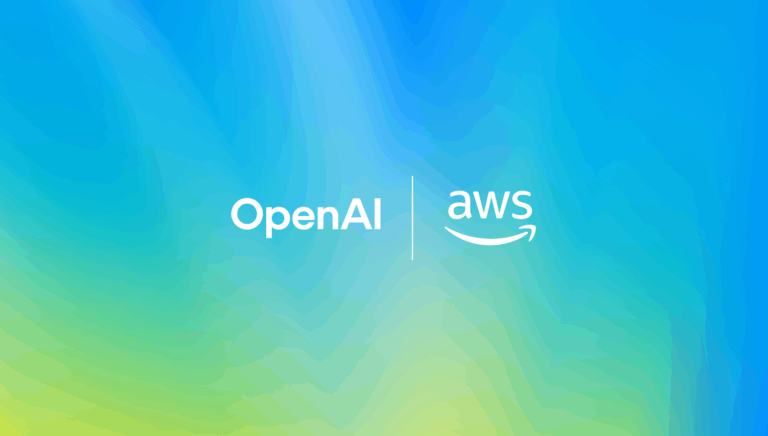OpenAI completes a remarkable quartet. After already signing billion-dollar deals with Microsoft, Google, and Oracle, it is now AWS’s turn. The deal with Amazon Web Services is worth $38 billion and runs until 2032.
OpenAI will have direct access to AWS capacity. CEO Sam Altman speaks of a “broad compute ecosystem” surrounding the AI company. In order to market AI in as many places and ways as possible, this complete embrace of hyperscale infrastructure would be necessary.
Powerful compute infrastructure
OpenAI will use AWS compute for various AI tasks, ranging from ChatGPT inference to training new models. AWS provides Amazon EC2 UltraServers with hundreds of thousands of Nvidia GB200 and GB300 chips. The infrastructure can also expand to tens of millions of CPUs for agentic workloads.
AWS does not only provide the hardware. The advanced architecture optimizes the processing of AI calculations. By clustering GPUs via EC2 UltraServers on the same network, performance remains at low latency. Given that network speed is now more important to eliminate as a bottleneck than GPU power, this is a major advantage. Incidentally, every hyperscaler claims to have devised an optimal design for their networking, always in a combination of hardware and software.
Ambitious timeline
Capacity must be fully rolled out by the end of 2026. AWS emphasizes that it has experience with the kind of scale required, including AI clusters of more than 500,000 chips. Incidentally, there had already been an earlier deal, but it was relatively limited. OpenAI models were made available on Amazon Bedrock. This seems to have been a prelude to deeper collaboration. In many ways, the integration will also have been easier: because there are still a large number of Nvidia chips to run the workloads, OpenAI was already familiar with the architecture and optimizations.
For now, it is clear that OpenAI is consuming capacity wherever possible. Revenue growth is steady, but it cannot compete with the immense costs. Annual revenue will exceed $10 billion by the end of this year ($13 billion according to a recent estimate), but deals such as the one with AWS are piling up. The Financial Times reported that OpenAI will spend a trillion (!) dollars over the next decade.
So it’s an AI race against time for Sam Altman’s company, but with each investment, time is stretched a little further. A very decisive moment may follow next year or in 2027, when OpenAI makes a long-awaited (and long-blocked) IPO. After a major Microsoft deal, the company is finally able to become for-profit, much to the anger of former OpenAI investor and founder of rival xAI, Elon Musk.
